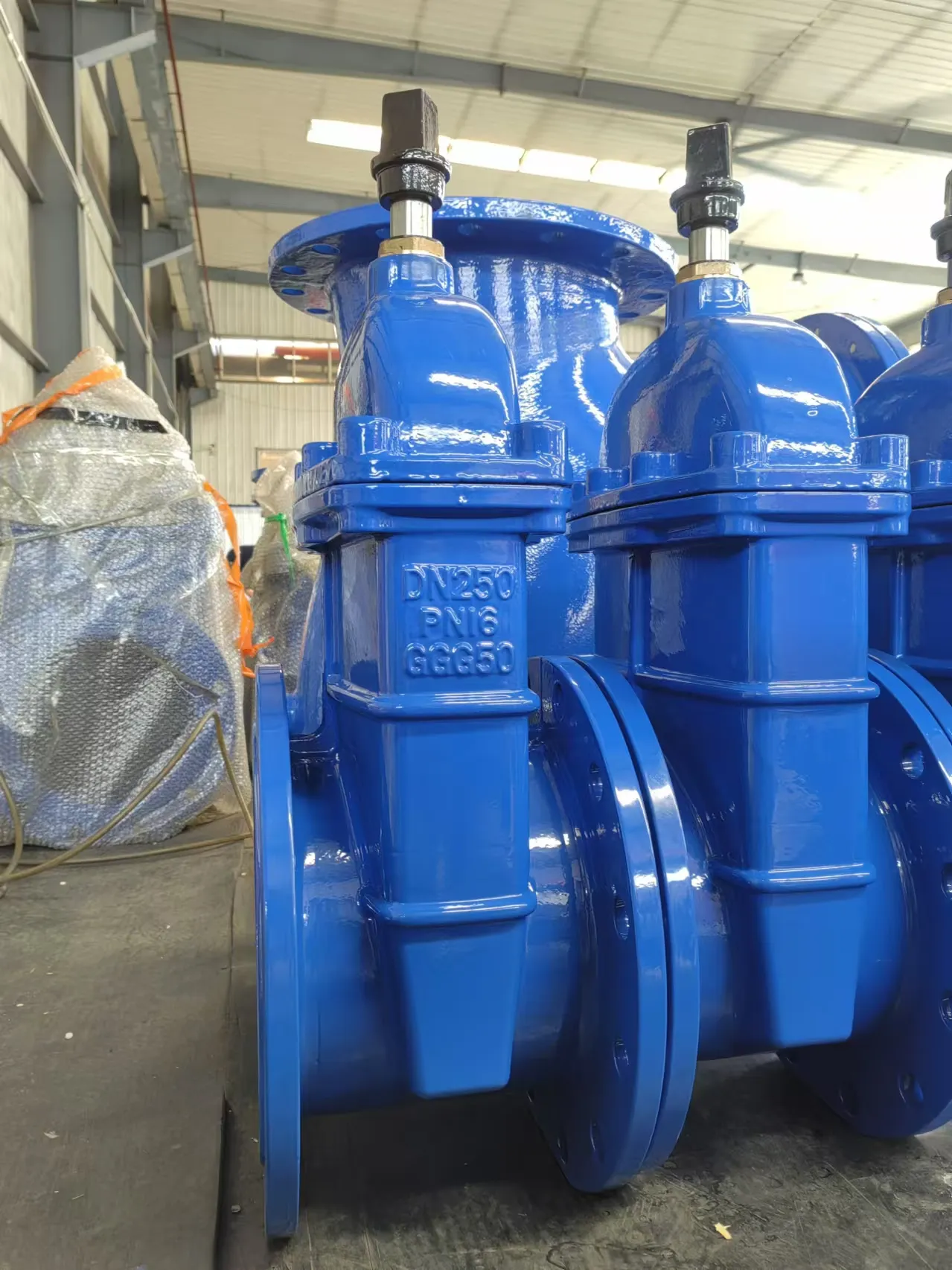split sleeve repair clamp for effective pipe maintenance and restoration solutions
Understanding the Split Sleeve Repair Clamp An Essential Tool for Pipeline Maintenance
In the world of pipeline maintenance and repair, the integrity and safety of the system are of utmost importance. One effective solution to managing leaks and damages in pipelines is the split sleeve repair clamp. This tool is vital for both industrial and municipal applications, providing a reliable method to restore the functionality of damaged pipes. In this article, we will delve into the structure, application, advantages, and installation process of the split sleeve repair clamp.
What is a Split Sleeve Repair Clamp?
A split sleeve repair clamp is a mechanical device designed to encase a damaged section of pipe, effectively sealing leaks and providing structural support. It consists of two main components the split sleeve, which wraps around the damaged area, and a series of bolts or fastening mechanisms that secure the sleeve in place. The sleeve is typically made from durable materials such as stainless steel or carbon steel, ensuring robustness and resistance to environmental factors.
Applications of Split Sleeve Repair Clamps
Split sleeve repair clamps are used in various applications, primarily focused on pipeline systems, which can include
1. Water Supply Pipelines Municipal water systems often face leaks caused by corrosion or mechanical damage. Split sleeve clamps provide a quick and effective repair solution, minimizing water loss and reducing repair time.
2. Oil and Gas Pipelines In the energy sector, maintaining the integrity of pipelines is crucial. A split sleeve repair clamp can be employed to address leaks in oil or gas transport pipelines, thus preventing environmental contamination and ensuring compliance with regulatory standards.
3. Industrial Systems Factories and manufacturing plants utilize extensive piping systems that transport chemicals and other materials. When leaks occur, split sleeve repair clamps offer a convenient means to maintain operational efficiency while avoiding costly downtime.
Advantages of Using Split Sleeve Repair Clamps
There are several advantages to using split sleeve repair clamps in pipeline repairs
1. Cost-Effective Solution Compared to complete pipe replacement, using a split sleeve repair clamp is significantly more economical. It reduces labor costs and minimizes the need for extensive excavation, translating into lower overall repair expenses.
split sleeve repair clamp

2. Quick Installation The installation of a split sleeve repair clamp is a relatively simple process that can often be completed in a matter of hours. This efficiency is especially beneficial for emergency repairs where time is critical.
3. Versatility Split sleeve clamps can be used on a variety of pipe materials, including metal, plastic, and rubber. They are available in different sizes, accommodating various pipe diameters and applications.
4. Durability Designed to withstand harsh conditions, split sleeve repair clamps are built to last. Their robust construction ensures that they can maintain their sealing effectiveness even under high pressure and temperature variations.
Installation Process
The installation of a split sleeve repair clamp involves several straightforward steps
1. Assessment Identify the damaged section of the pipe and assess the extent of the damage. Ensure that the area is clean and free of debris.
2. Selecting the Right Clamp Choose a split sleeve repair clamp that is appropriately sized for the pipe diameter and compatible with the material of the pipeline.
3. Placement Position the split sleeve around the damaged area, ensuring that it adequately covers the leak.
4. Securing the Clamp Use the included bolts or fastening devices to securely tighten the clamp. Ensure that it is evenly fastened to create a proper seal.
5. Testing After installation, check for leaks by applying pressure to the system. Make any necessary adjustments to ensure the integrity of the repair.
Conclusion
In summary, the split sleeve repair clamp is an invaluable tool for maintaining the integrity of pipelines across various industries. Its cost-effectiveness, quick installation process, durability, and versatility make it a go-to solution for addressing leaks and damages. By understanding and utilizing this repair method, industries can enhance their pipeline management practices, ensuring safety and efficiency in their operations.
-
The Smarter Choice for Pedestrian AreasNewsJun.30,2025
-
The Gold Standard in Round Drain CoversNewsJun.30,2025
-
The Gold Standard in Manhole Cover SystemsNewsJun.30,2025
-
Superior Drainage Solutions with Premium Gully GratesNewsJun.30,2025
-
Superior Drainage Solutions for Global InfrastructureNewsJun.30,2025
-
Square Manhole Solutions for Modern InfrastructureNewsJun.30,2025
-
Premium Manhole Covers for Modern InfrastructureNewsJun.30,2025
